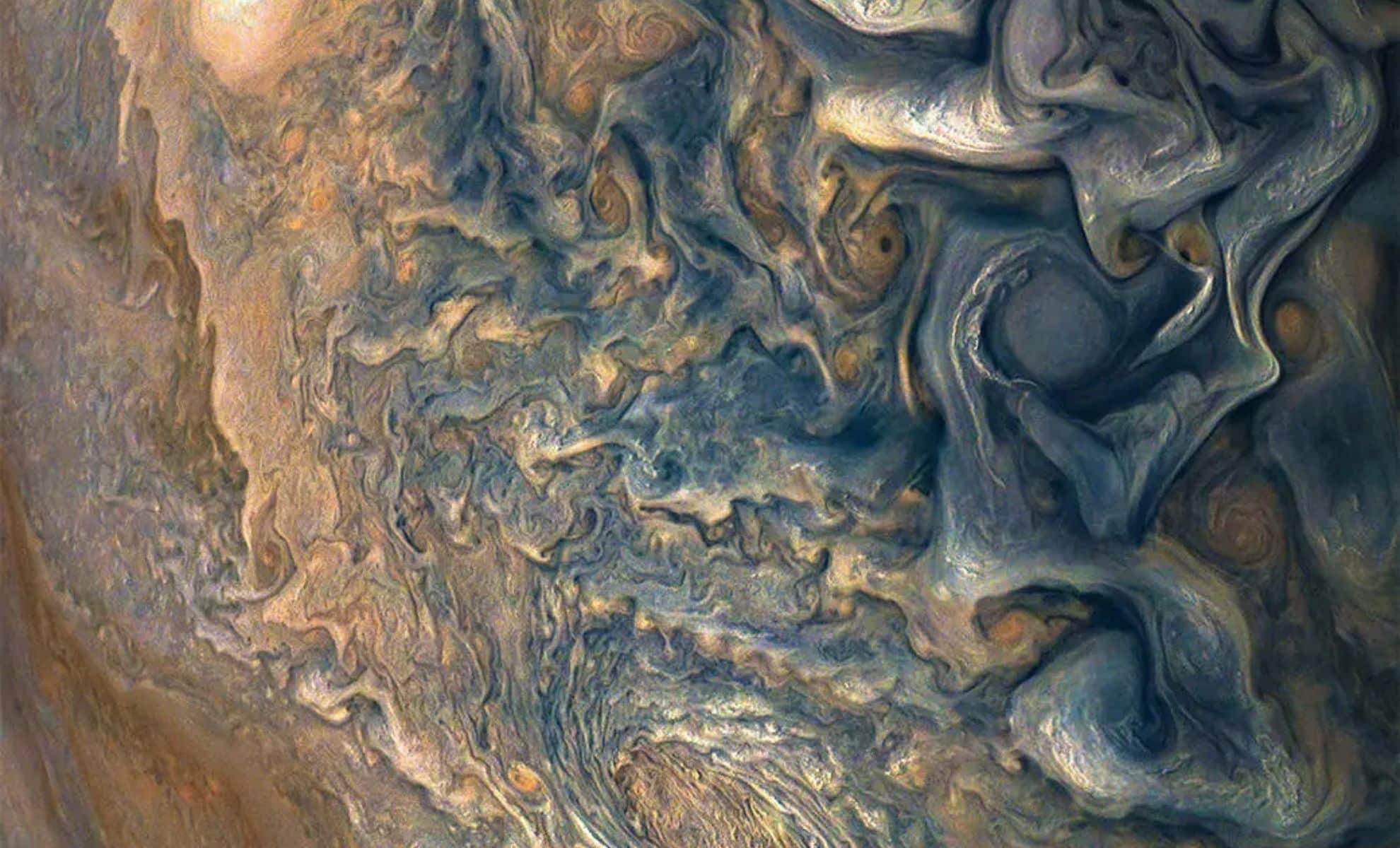Abstract
The deep ocean is a vast reservoir of new species to science, and each discovery improves our ecological understanding of these remote ecosystems. One island-like ecosystem is the Atacama Trench (Southeast Pacific Ocean), where the hadal depths (>6000 m) host a distinctive endemic community. Unlike the communities of other hadal subduction trenches, predatory (non-scavenging) amphipods have not been documented or collected from the Atacama Trench. In this study, we applied an integrative taxonomic approach to describe a new predatory amphipod in the Eusiridae Stebbing, 1888 family collected from 7902 m during the 2023 IDOOS Expedition and provide an updated global Eusiridae key with the 14th genus. Morphology and DNA barcoding robustly supported raising a new genus separate from the systematically similar genera Dorotea. Dulcibella camanchaca gen. nov. sp. nov. is a large amphipod (holotype: 38.9 mm length) with diagnostic features that include: a smooth dorsal body, 12 spines on the outer maxilla 1 plate, subsimilar and strongly subchelate gnathopods with broad carpus lobes, the pereopods 3 and 4 dactyli are 0.45× of the respective propodus and pereopods 5 to 7 dactyli are 0.6×, a distal spiniform process on the peduncle of uropod 1, and an elongated but weakly cleft telson. Together, Dulcibella camanchaca gen. nov. sp. nov. is a novel predator and reinforces the eco-evolutionary distinctiveness of the Atacama Trench.
Key Words: Deep ocean, DNA barcoding, Eusiridae key, Integrative taxonomy, Peru-Chile Trench
 |
| Dulcibella camanchaca gen. nov. sp. nov. Post-preservation of the holotype female (MNHNCL AMP-15974). |
 |
| Dulcibella camanchaca gen. nov. sp. nov. Holotype female (MNHNCL AMP-15974). W – whole, left side. A1 – left antenna 1 zoom. A2 – left antenna 2 zoom. D – left dactylus from pereopod 5–7 zoom. U1 – left uropod 1 ventral side. U2 – left uropod 2 dorsal side. U3 – left uropod 3 dorsal side. T – telson. |
Order Amphipoda Latreille, 1816
Suborder Amphilochidea Boeck, 1871
Superfamily Eusiroidea Stebbing, 1888
Family Eusiridae Stebbing, 1888
Dulcibella gen. nov. Weston & González
Type species: Dulcibella camanchaca sp. nov.
Etymology: The new genus is morphologically similar to Cleonardo Stebbing, 1888 and Dorotea Corbari, Frutos & Sorbe, 2019. Both genera’s names were taken as characters from Cervantes’s novel Don Quixote de la Mancha. This new genus, Dulcibella, extends this tradition with an homage to the character Dulcinea del Toboso. She is the imagined unrequited love of Don Quixote, and the source of all inspiration for love, bravery, and faith. However, the name Dulcinea is preoccupied by Dulcinea Péringuey, 1907 in the insect order Coleoptera. To adhere to Article 52 of the International Code of Zoological Nomenclature (ICZN, 1999), we are paying tribute to the tradition with the name “Dulcibella.” Similarly, Dulcibella appears in medieval English poetry and literature as an archetypal name for a sweetheart or idealized woman. Derived from dulcis (sweet) and bella (beautiful), Dulcibella reinforces themes of sweetness and beauty.
Diagnosis: Body dorsally smooth. Pigmented eyes lacking. Antenna 1 longer than antenna 2, accessory flagellum 1-articulated, flagellum calceolate. Mandible incisor ends in a strong, blunt tooth; lacinia mobilis 5-dentate; setal row with 9 setae; molar trituration. Maxilla 1 inner plate with 3 subapical setae; outer plate with 12 apical spines. Maxilliped inner plate with 3 apical teeth; inner margin of palp article-4 denticulate. Coxa 1 not produced anteriorly and shorter than coxa 2. Coxae 5–6 bilobate. Gnathopods 1–2 subsimilar, …
Dulcibella camanchaca sp. nov. Weston & González
Etymology: Named for “camanchaca“, a dense, low coastal fog that forms by the Atacama Desert and moves inland. “Camanchacas” was also the name given to some of the littoral inhabitants of this desertic region. Finally, “camanchaca” has also been attributed to mean “darkness” in the languages of the peoples from the Andes region and, in our case, signifies the deep, dark ocean from where this species predates.








Leave a Comment